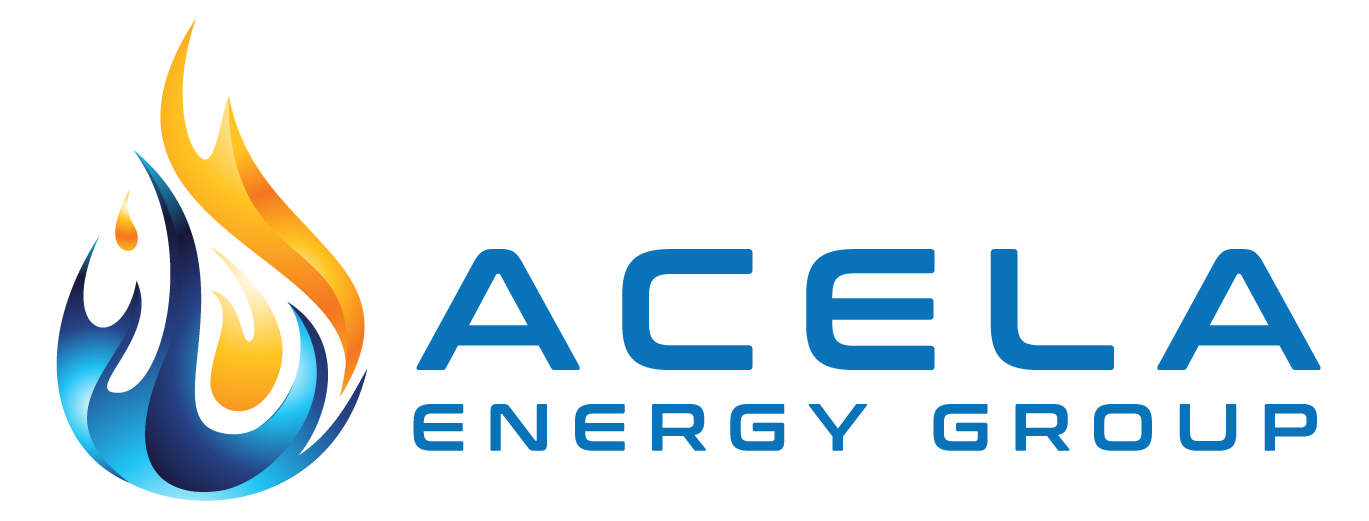
What to Look for in a Consultant
Energy procurement consultants assists businesses with strategic energy procurement decisions and develop client teams to create a custom approach specifically tailored to the client’s business and energy needs that will enable them to participate in the various gas and electric competitive purchasing opportunities that are currently unfolding in the marketplace. Prior experience in competitive purchasing of gas and electricity as well as a through understanding of the energy business is essential to the credentials of a creditable energy procurement consultant. In addition to experience, the method used for compensating the consultant will also lend to their professionalism and credibility.
Experience
When selecting a energy procurement consultant, it is desirable that the specific individual responsible for providing you assistance should be experienced in rate negotiation, and power/gas purchase agreements. The energy consultant must understand the terms and conditions of gas and electric purchasing contracts and posses an in depth knowledge of the gas and electric industry. A seasoned energy procurement professional is invaluable when it comes time to negotiate a power purchase contract.
A good energy procurement consultant will provide the most valuable service during contract negotiations phases of the process dealing effectively with the gas and electric LDC’s as well as the gas and power marketers.
Along with assisting clients with procuring energy, the consultant should specialize in detailed, all fuels energy audits, real-time pricing opportunity audits, and identification of cost reduction strategies and measures.
By identifying innovative cost savings opportunities created by manipulation of energy consuming assets in unison with a custom energy purchasing contract, the consultant should assist the corporation in maximizing the revenue generating potential of both their assets and energy purchasing contract.
Compensation for Services
Often, the method used to compensate consultants for their work involves the sharing of the percentage of measured or calculated savings. This process may work with energy conservation projects, but its application in the energy procurement process may prove difficult in the initial stages of deregulation.
For example, one may choose to base the percent savings by comparing the cost per kWh obtained from the procurement process in 2009 to the cost per kWh for 2010. There are several areas of concerns with this method.
First, it is difficult to determine what the “energy only” cost per kWh is before deregulation, so it is very hard to obtain a benchmark. Second, had the corporation just asked for a price from a few power marketers, they perhaps may obtain a substantial amount of whatever cost saving may be due the average rate payer in the deregulated market place. Also, if you decided to pay the consultant a percent of the savings, this could amount to a great deal of money if the corporation spends millions of dollars a year for its energy needs.
As an alternative to compensating the consultant totally based on savings, one may consider paying the consultant a fixed fee based on hourly rates for their work, and if necessary, a bonus based on savings greater than 10% above the standard offer being given to the average rate payer. This allows for a small amount of the fee to be performanced based if required.
Guide for Determining Approximate Costs for the Procurement Process
The following conditions will have a direct effect on the amount of time and money required to complete the energy procurement process.
Number of Utility Accounts – The greater the amount of accounts a business has, the more time it will take to put the account information into an acceptable form required for the RFP process.
Number of States – Each state will have their own set of rules to follow as well as certain performance standards that gas and power marketers have to meet in order to be able to operate within their states. The more states your facilities are located, the more time it will take.
Number of Gas and Electric LDC’s – Even though the various state public utility commissions will regulate and direct the LDC’s as to how the new method of purchasing energy should work, we must remember that each LDC will have different tariffs in addition to different contracts for business to sign. The more gas and electric LDC’s you have, the lengthier the RFP Process.
Amount of Data – Depending on the amount of information the business wants to provide in the RFP, the greater the time to create the different spreadsheets and reports.
Amount of ESP’s Sent Proposals – The number of ESP’s that are sent an RFP will also have a large impact on the amount of time needed for the process. The business should feel comfortable with the amount of ESP’s they have chosen, without feeling they are limiting their choices.
Time Line – The amount of “calendar time” allocated to complete the process will have a direct effect on the price. The more time given to complete the task, the less overtime will be necessary. The earlier you begin the process the better.
Outline of the Energy Procurement Process
After an assessment of the business facilities and all of the energy usage data has been completed, the procurement phase begins. The following is a basic description of the energy procurement process:
- Create an “Energy Team” – In addition to the energy procurement consultant, the team would typically be comprised of professionals from the corporations purchasing, energy management, facilities management and/or financial departments.
- Interview approximately ten nationwide or regional ESP’s
- Narrow selection to approximately five potential ESP’s
- Familiarize ESP’s with the company’s operation.
- Write RFP for fuels being procured.
- Issued comprehensive RFP to chosen ESP’s
- Review RFP responses in detail, both economic and non-economic criteria.
- Select two ESP finalists, Check references
- Request presentation from desired ESP.
- Select the winning ESP
- Notify other ESP’s and prepare extensive debriefing reports for each of these ESP’s
- Begin contract negotiations with chosen ESP.
Conclusion
As a result of this process, the corporation is in the perfect position to take maximum advantage of the competitive energy arena because they have already spent the time to completely educate themselves on how they use energy as a complete company, and have selected an ESP that will provide them energy in a reliable and cost effective manner.
More Information:
Acela Energy Group Energy Procurement Solutions
Energy Procurement in a Competitive Environment
Strategic Energy Planning – What is it and why you need it
Acela Energy Group Energy Rebate Process

